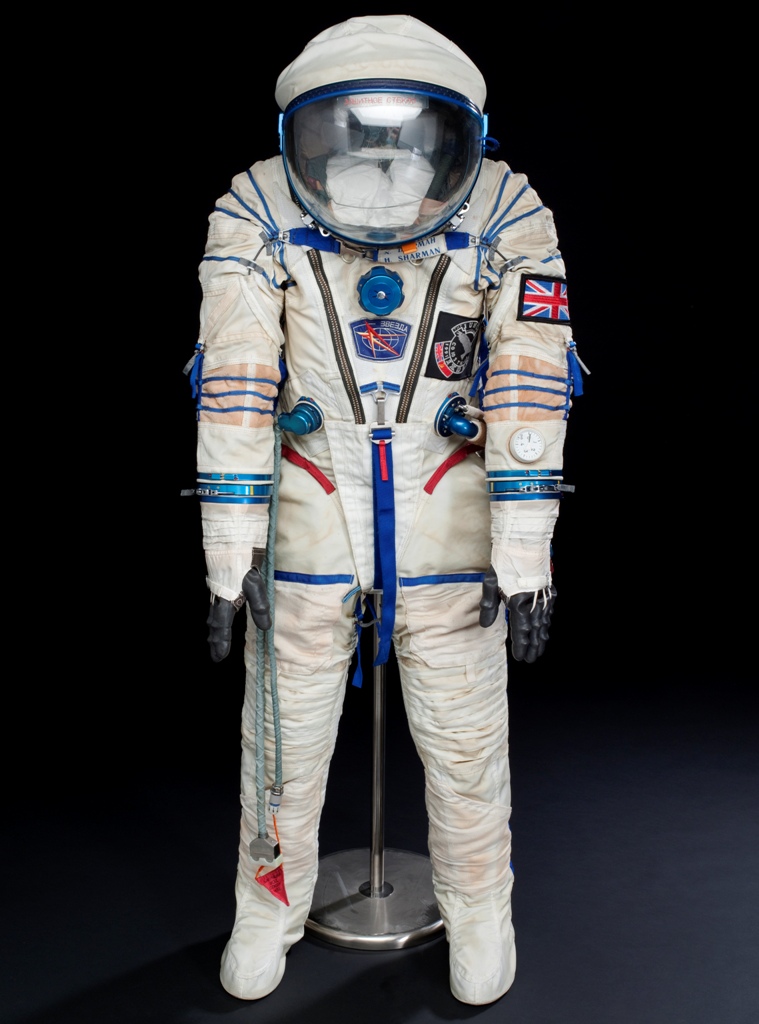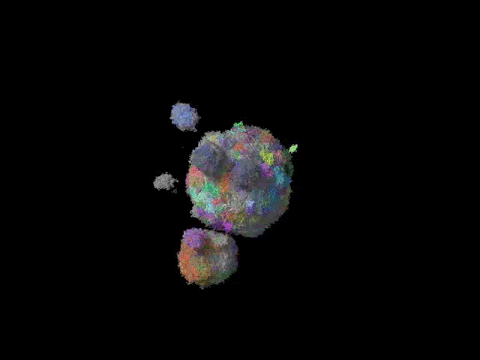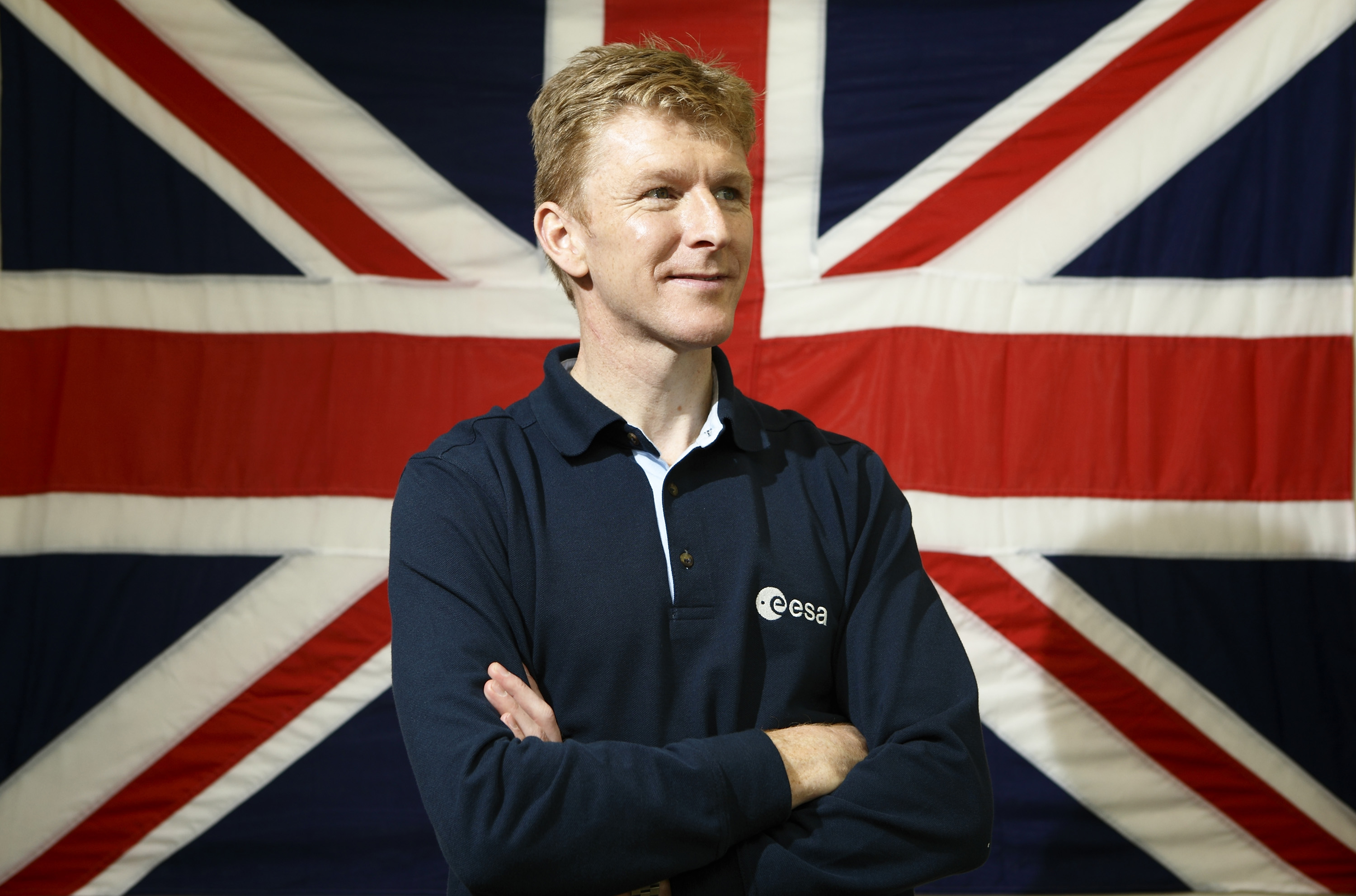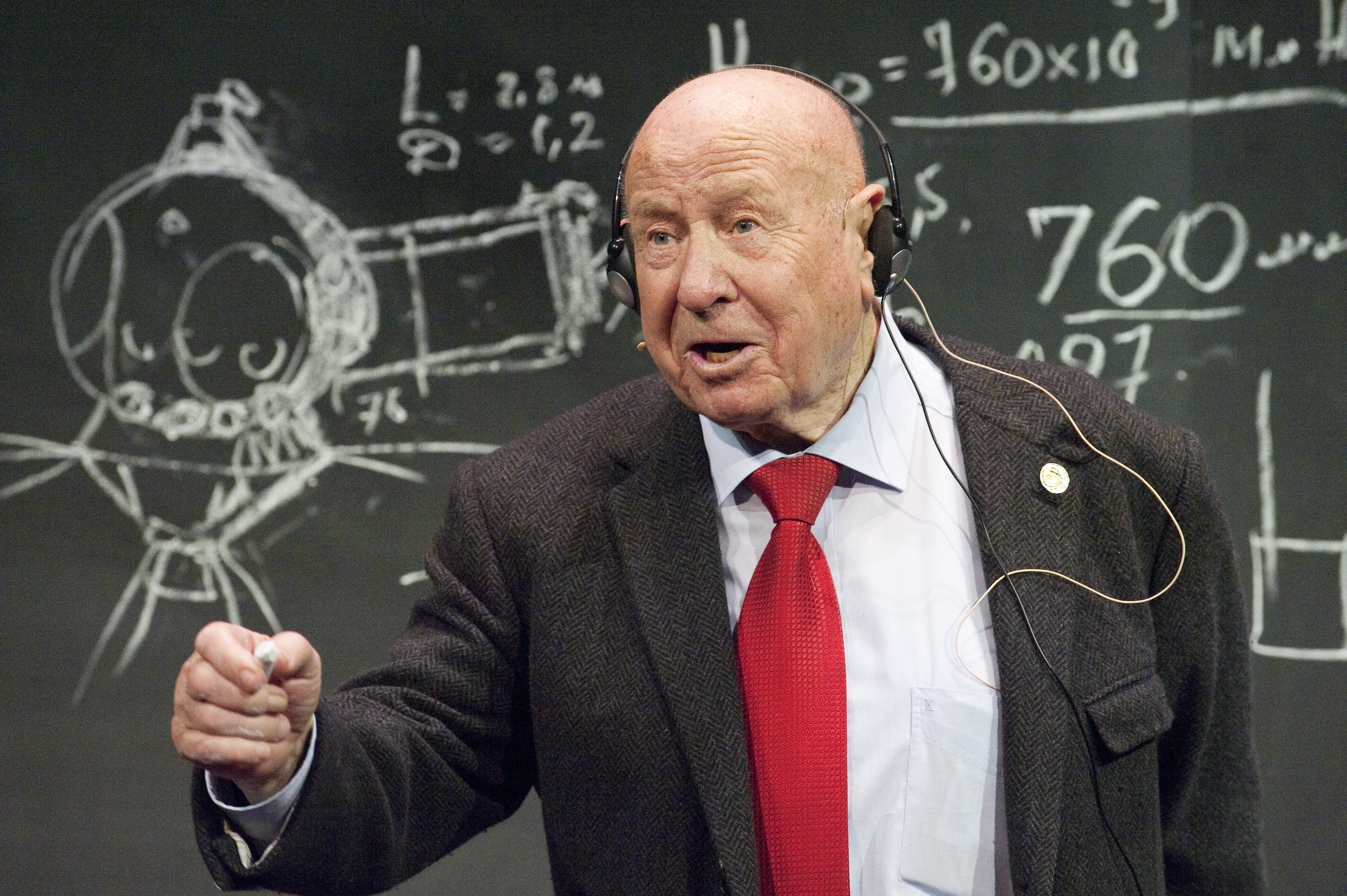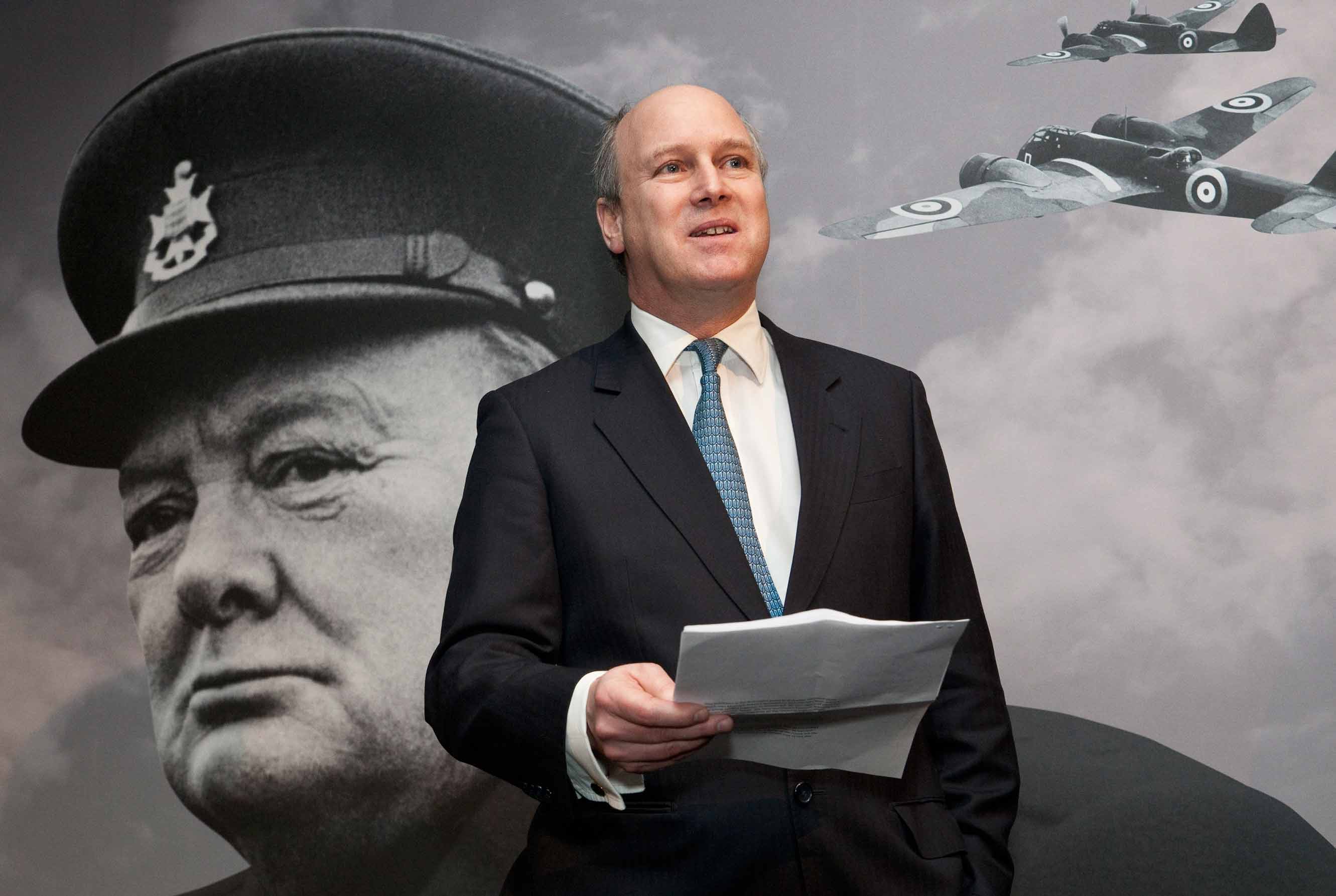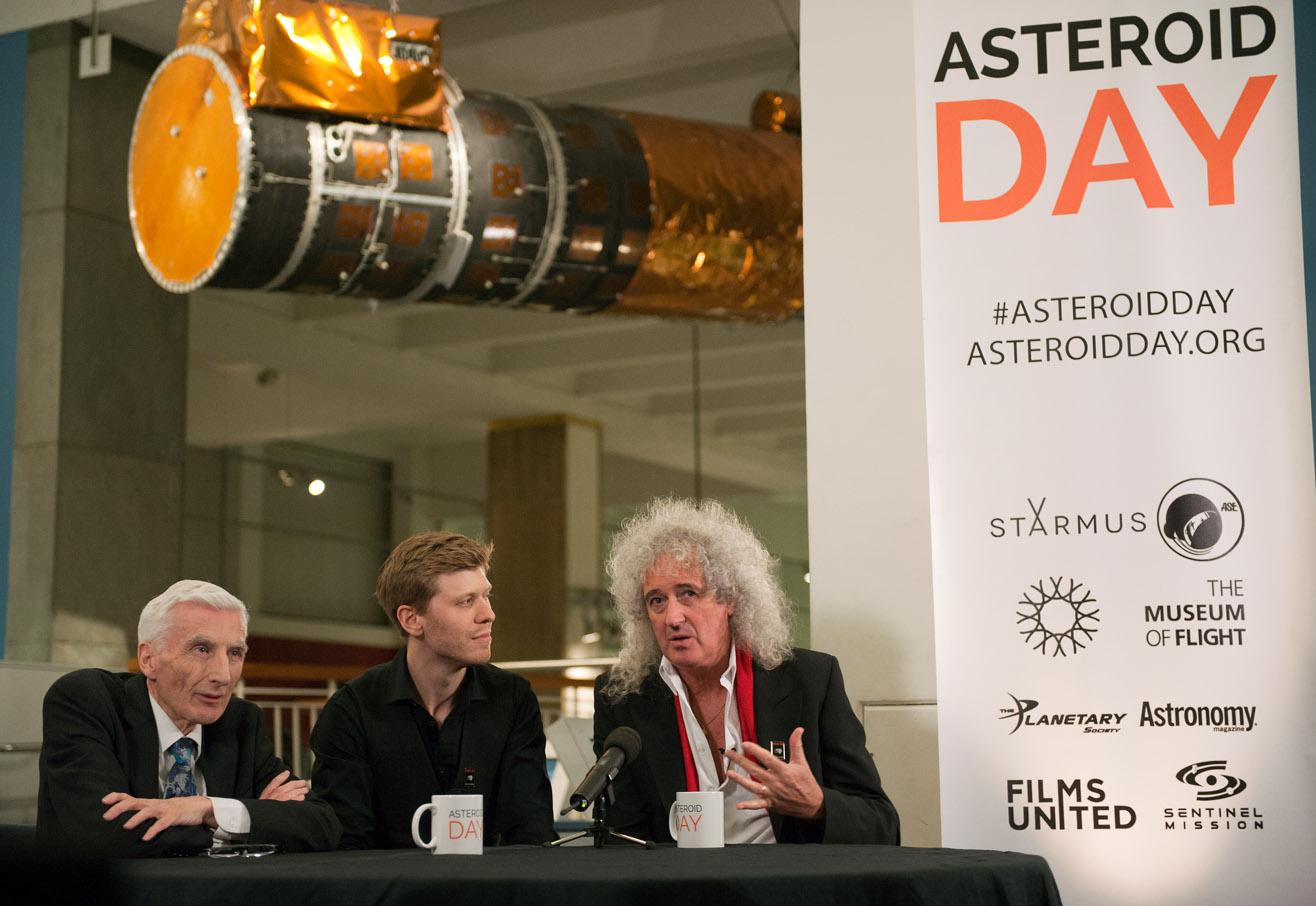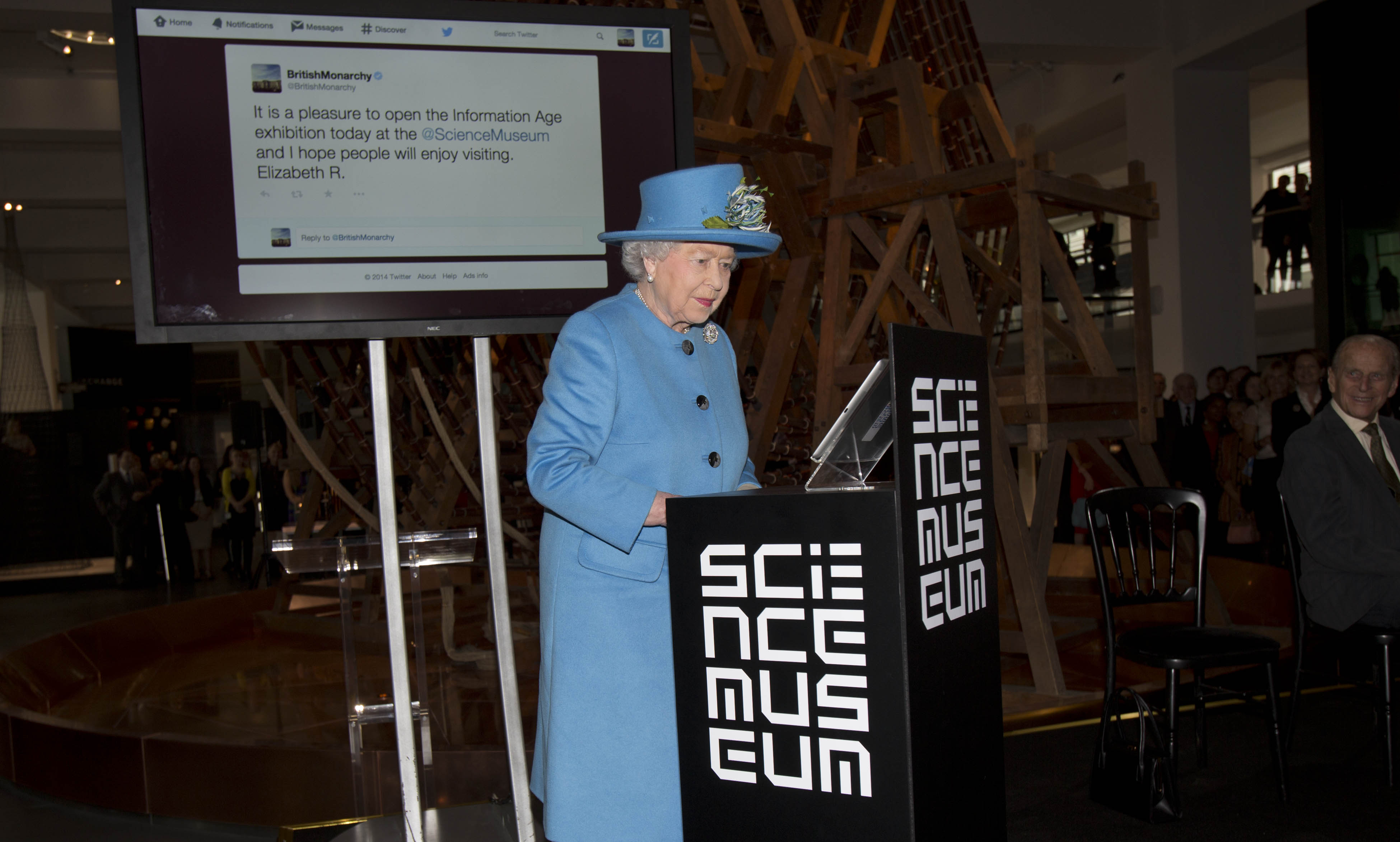Roger Highfield is the Science Director at the Science Museum Group, a member of the UK's Medical Research Council and a visiting professor at the Dunn School, University of Oxford, and Department of Chemistry, UCL. He studied Chemistry at the University of Oxford and was the first person to bounce a neutron off a soap bubble. Roger was the Science Editor of The Daily Telegraph for two decades, and the Editor of New Scientist between 2008 and 2011. He has written or co-authored ten popular science books, most recently Stephen Hawking: Genius at Work, and has had thousands of articles published in newspapers and magazines.
During the preparations for our landmark exhibition, Cosmonauts: Birth of the Space Age, we reunited Britain’s first astronaut, Helen Sharman, with her spacesuit around a quarter of a century after she first wore it for her pioneering mission to the Mir space station. Helen’s journey began in 1989 when she, then a food technologist, answered an advertisement that she had heard on her car radio: “Astronaut wanted. No experience necessary.” With Timothy Mace, she was eventually selected from over 13,000 […]
Roger Highfield explores how scientists are using computer modelling to better understand the evolution of cancerous tumours.
A few months ahead of the launch of the museum’s pioneering Cosmonauts space exhibition, the UK Space Agency has published its first National Strategy for Space Environments and Human Spaceflight.
As Cosmonaut Alexei Leonov celebrates his birthday (30 May), Roger Highfield, Director of External Affairs, spent a day with pioneering cosmonaut for the launch of Cosmonauts: Birth of the Space Age.
At a Hay Festival event sponsored by the Royal Society, Director of External Affairs Roger Highfield interviewed Andre Geim, the Nobel prize winner best known for his work on graphene, the subject of an exhibition that will open next year at the Museum of Science & Industry, Manchester.
To mark the birthday of Philosophical Transactions, Roger Highfield surveys the history of citizen science, which dates back much further than many realise.
When the House of Commons voted to legalise a revolutionary new form of reproductive medicine on Tuesday, it was a remarkable moment for science.
Roger Highfield, Director of External Affairs, writes about upcoming Stephen Hawking biopic The Theory of Everything.
Roger Highfield, Director of External Affairs, writes about the launch of Asteroid Day at the Science Museum.
Roger Highfield, Director of External Affairs, reflects on Benedict Cumberbatch’s recent visit to the Science Museum to prepare for his role as Alan Turing in a new film, The Imitation Game. Book tickets for a special preview screening at the Science Museum’s IMAX next week.
Roger Highfield, Director of External Affairs at the Science Museum, explores the physics of Hollywood blockbuster Interstellar.
Her Majesty The Queen this morning opened the pioneering Information Age gallery at the Science Museum by sending her first tweet to the world, 76 years after The Queen’s first visit to the museum.
